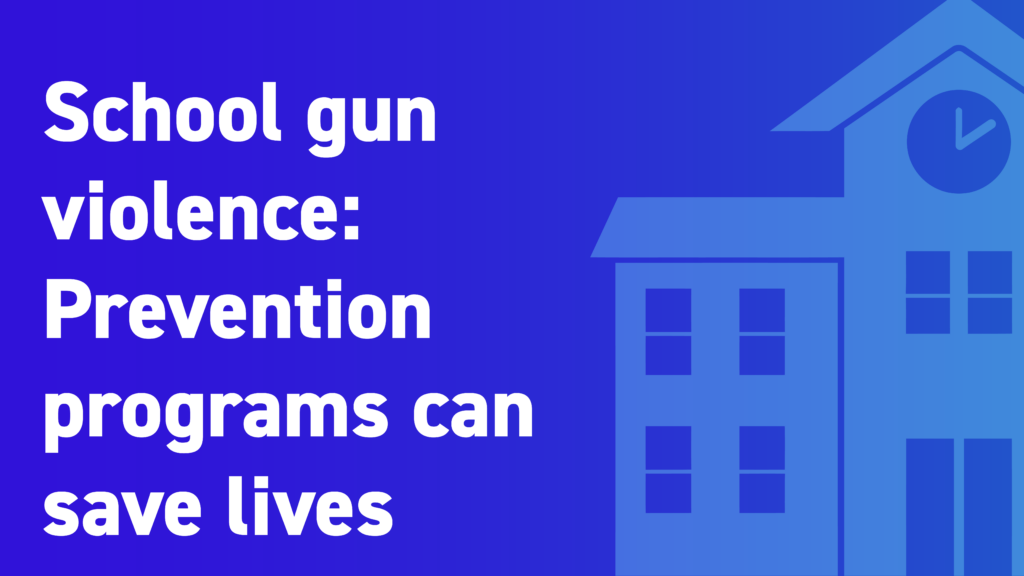
WEST SENECA — For Nancy Schmitt, CSEA West Seneca Central School District Unit 2nd Vice President and head custodian at the district’s Erie One BOCES building, the threat of gun violence in schools is more than a national conversation.
It’s a daily reality that shapes how she approaches her job.
Preparedness is key
With 19 years of experience in the district, including 17 years as a teaching assistant, Schmitt has seen how school safety needs have evolved and she plays a critical role in maintaining security in a school that serves a wide range of students, including those with disciplinary challenges.
“When the kids enter the building, their backpacks are wanded and then they’re wanded too,” said Schmitt. “We take it seriously because we never know what someone could be bringing in.”
Schmitt serves as the building principal’s right-hand person when it comes to school security.
While every teacher is equipped with a two-way radio, some custodians are not and that is something Schmitt believes needs to change.
“We’re on the front lines, too,” said Schmitt. “My head is always on a swivel.”
The school conducts six lockdown drills each year in addition to regular fire drills. Like other staff, Schmitt completes annual Global Compliance Network (GCN) training, which includes active shooter protocols, workplace violence and mental health awareness. But for Schmitt, real readiness comes from hands-on practice and situational awareness.
Custodial areas remain locked at all times. Schmitt is prepared to physically secure rooms with tactics like blocking inward-swinging doors, methods she’s picked up from real-life safety demonstrations and training videos.
Challenges posed
Despite strong preparedness, Schmitt worries that the school’s aging infrastructure isn’t keeping up with modern safety demands.
“Our fire system is 20 years out-of-date with no plans to replace it,” said Schmitt. “And the phones in the office can’t call out. If I needed to dial 911, I’d have to use my cell phone.”
She also expressed concern over the building’s layout. Some classroom doors swing inward, which could be a vulnerability in a lockdown.
“Classroom doors should always be locked,” said Schmitt. “It’s a basic precaution.”
Schmitt has worked with the CSEA Occupational Safety and Health Department in the past when serious concerns have surfaced. She plans to reach out again to advocate for updates, particularly regarding the fire system and communication equipment.
“They’ve been a great resource when we’ve needed expert backup,” said Schmitt.
Schmitt cautiously supports New York state’s cell phone ban in schools, which took effect at the beginning of the school year. While she appreciates its intent, she’s already seen students bypassing the system.
“Kids or their parents are ordering unlock tools for the locking phone pouches online,” said Schmitt. “If the bag is in a locker, they just wait until no one’s around and open it.”
Schmitt is especially worried about cell phones escalating a gun violence situation.
“Parents think they want their child to call them in an emergency, but that could make things worse,” said Schmitt. “If a parent tells their kid to run while everyone is hiding or if a ringing phone gives away a classroom’s location it could put everyone in danger.”
Despite the concerns, Schmitt is proud of her school’s proactive communication culture.
“West Seneca schools are great with communication,” she said. “Our principal is very in tune with staff and students.”
And when it comes to stopping a potential tragedy before it starts, Schmitt believes it’s everyone’s job to stay alert and speak up.
“You’ve got to treat every situation seriously,” said Schmitt. “Because the one time you don’t, that could be the time it matters most.”
— Sara McNicholas
